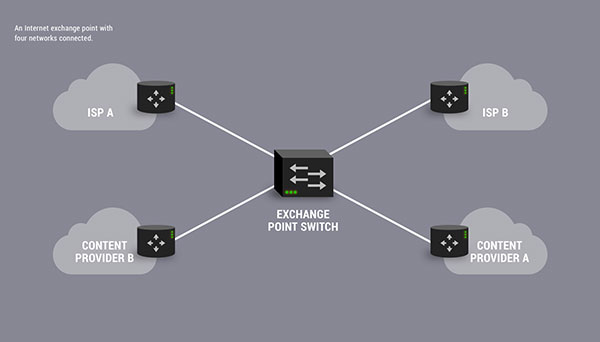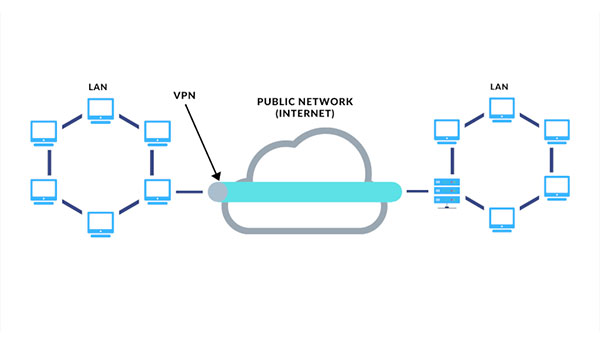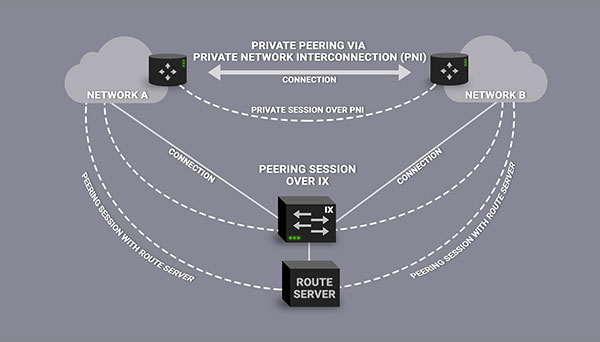What Are They?
Fiber optic cables are slender, flexible strands made of glass or plastic, capable of transmitting data using light signals. Single-mode cables represent a specific fiber optic cable designed to transmit a single light mode, allowing light signals to travel along a single path. This is achieved through a core diameter significantly smaller than multi-mode cables, enabling a single, focused beam of light.
How Do They Work?
The core of a single-mode fiber optic cable is incredibly thin, typically around 8-10 microns in diameter (a human hair is about 50-70 microns thick), allowing light transmission over long distances with minimal signal degradation. The light signals, often generated by lasers, travel through the core of the cable by constantly reflecting off its walls in a process called total internal reflection. This method ensures that the light signal stays concentrated and travels efficiently without dispersing.
The Significance of Single-Mode Cables
High-Speed Data Transmission
Single-mode cables are renowned for their ability to transmit data at incredibly high speeds. Their design minimizes signal loss and dispersion, allowing for faster transmission rates over longer distances. This makes them indispensable in scenarios where high-bandwidth applications, such as telecommunication networks, internet backbones, and long-distance data connections, are crucial.
Long-Distance Connectivity
One of the most impressive features of single-mode cables is their capacity for long-distance transmission. Due to the focused nature of the light signal, these cables can carry data over tens of kilometers without significant loss, making them ideal for applications requiring connectivity across vast geographical areas, such as undersea cables connecting continents.
Reliability and Low Latency
Using light signals in single-mode cables makes them immune to electromagnetic interference, resulting in a more reliable and secure data transmission method. Additionally, their low latency ensures minimal delays in data transfer, making them suitable for time-sensitive applications like financial transactions or real-time communication.
In conclusion, Fiber optic single-mode cables represent the pinnacle of data transmission technology, enabling us to achieve unprecedented speeds and reliability in our interconnected world. Their ability to transmit data across immense distances with minimal loss or interference has revolutionized how we communicate, access information, and conduct business globally.
As technology advances, the role of single-mode cables will only become more pronounced, underpinning the backbone of our digital infrastructure and facilitating the next wave of innovation and connectivity. Their silent yet powerful presence ensures that the future remains brightly connected through the thin, resilient strands of light that traverse these remarkable cables.





















